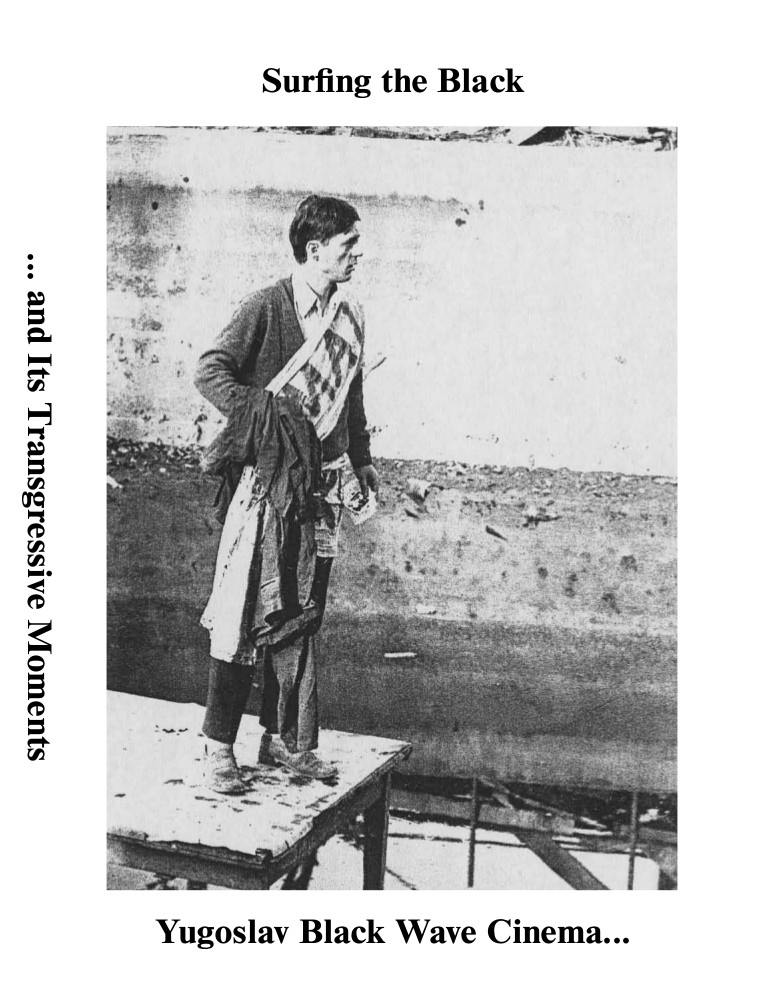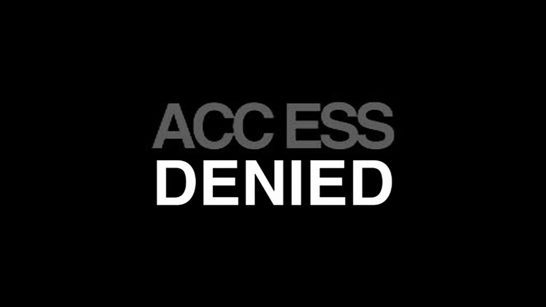John Mullarkey: Refractions of Reality: Philosophy and the Moving Image (2009)
Filed under book | Tags: · cognition, film, film theory, non-philosophy, ontology, philosophy, philosophy of film

Why is film becoming increasingly important to philosophers? Is it because it can be a helpful tool in teaching philosophy, in illustrating it? Or is it because film can also think for itself, can create its own philosophy? Indeed many film-philosophers claim that film does more than merely illustrate philosophical texts: rather, film itself can philosophize in direct audio-visual terms. Too often, however, when philosophers claim to find indigenous philosophical value in cinema, it is only on account of refracting it through their own thought: film philosophizes because it accords with a favoured kind of extant philosophy.
Refractions of Reality: Philosophy and the Moving Image is the first book to examine all the central issues surrounding the vexed relationship between the film-image and philosophy. In it, John Mullarkey tackles the work of particular philosophers and theorists (Žižek, Deleuze, Cavell, Bordwell, Badiou, Branigan, Rancière, Frampton, and many others) as well as general philosophical positions (Analytical and Continental, Cognitivist and Culturalist, Psychoanalytic and Phenomenological). Moreover, he also offers an incisive analysis and explanation of several prominent forms of film theorizing, providing a meta logical account of their mutual advantages and deficiencies that will prove immensely useful to anyone interested in the details of particular theories of film presently circulating, as well as correcting, revising, and re-visioning the field of film theory as a whole.
Throughout, Mullarkey asks whether the reduction of film to text is unavoidable. In particular: must philosophy (and theory) always transform film into pre-texts for illustration? What would it take to imagine how film might itself theorise without reducing it to standard forms of thought and philosophy? Finally, and fundamentally, must we change our definition of philosophy and even of thought itself in order to accommodate the specificities that come with the claim that film can produce philosophical theory?
Publisher Palgrave Macmillan, 2009
ISBN 0230002471, 9780230002470
282 pages
Gal Kirn, Dubravka Sekulić, Žiga Testen (eds.): Surfing the Black: Yugoslav Black Wave Cinema and Its Transgressive Moments (2012)
Filed under book | Tags: · 1960s, 1970s, cinema, film, film history, film theory, yugoslavia

The Yugoslav black wave cinema of the sixties and the seventies is one of the grand, though hidden, chapters of cinema history. Talented young authors, working under the sign of individual expression and aesthetic experimentation, pushed and explored the limits of the constraints of a socialist state. Their efforts lead to a new path of visual expression, so outstanding by its social and political engagement, its formal invention and its courage.
This book is the result of a multi-disciplinary research attempting to cross over politics, philosophy, design, art, architecture, and some speculative thinking. Starting from archival work, interviews, seminars, screenings and a conference, Surfing the Black has found its (temporary) conclusion in a publication consisting of six theoretical essays and three fanzines that open up the black wave film experience to current affairs. This is Yugoslavia, and modern cinema, at its blackest and brightest.
With six theoretical essays (by Boris Buden, Pavle Levi and Owen Hatherly, among others) and fanzines comprising an interview with one of the most important Yugoslav filmmakers, Želimir Žilnik, and a comprehensive glossary of terms that belong to the period and field of Yugoslav culture and politics, this is the first book on the subject in the English-speaking world.
With contributions by Sezgin Boynik, Boris Buden, Mladen Dolar, Owen Hatherly, Ana Janevski, Gal Kirn, Pavle Levi, Nicholas Matranga, Peter Rauch, Dubravka Sekulić, Žiga Testen and Samo Tomšič.
Edited by Gal Kirn, Dubravka Sekulić and Žiga Testen
Publisher Jan van Eyck Academie, Maastricht, The Netherlands
ISBN 9072076516, 9789072076472
216 pages
PDF (updated on 2012-9-4)
Comment (0)Vertigo Magazine, 30: Godard Is (2012)
Filed under magazine | Tags: · cinema, film, film criticism, film history, film theory

“An image of the Virgin and her baby on a donkey doesn’t cause a war; its interpretation by a text is what will lead to war and cause Luther’s soldiers to go and deface Raphael canvases. I have a strong feeling that the image enables us to talk less and say more.” – Jean-Luc Godard
“There are very few important books written about film or cinema. Maybe one should only read Bresson’s Notes on the Cinematographer, Ramuz’s novels or even Giacometti’s writings to understand what cinema is. Everything else is better written, or thought of in philosophy, poetry and literature. So why more writings on film? To incite, by any means, the desire to see these films which otherwise would be lost in the cultural wasteland we are crossing.
[..] Vertigo Magazine takes inspiration from Godard’s oeuvre. Godard is one if not the most influential filmmaker to explore the role of the moving image within aesthetics, politics and history. His work represents in its most emblematic way the crossover between the poetical and the historical, cinema and the arts, which will also be at the core of our publication. A ‘double bind’, Guattari’s crayfish.” (from the Editorial)
Contributions by Frieda Grafe, David Brancaleone, Corin Depper, James Norton, Jürgen E. Müller, Duncan White, James S. Williams, Adrian Martin, Ágnes Pethő, Jerry White, Robert Barry, Roland-François Lack, Cyril Neyrat, Jonathan Rosenbaum.
Editor: Damien Sanville
Assistant Editor: Michael Garrad
Commissioning Editors: Julian Ross, Robert Chilcott
Publisher: Close-Up Film Centre, London, UK, Spring 2012

